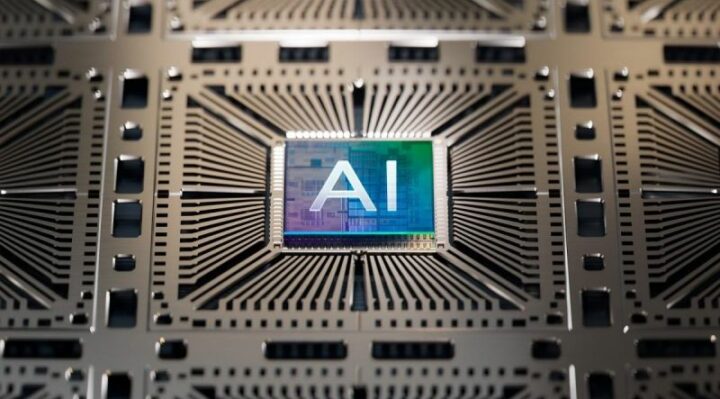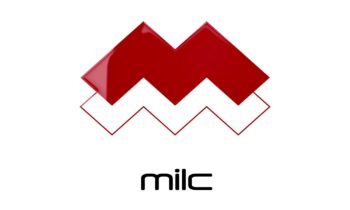
The majority of AI models are powered by graphics processing units (GPUs), which are energy-hungry devices. According to Goldman Sachs, AI will cause a 160% increase in electricity usage by 2030 as a result of the data centers’ increasing use of GPUs.
Analog and memory circuit designer Vishal Sarin contends that the trend is unsustainable. Sarin, who spent more than ten years in the chip sector, founded Sagence AI (formerly known as Analog Inference) to create GPU substitutes that use less energy.
According to Sarin, “The applications that could make practical AI computing truly pervasive are restricted because the devices and systems processing the data cannot achieve the required performance,” “Our mission is to break the performance and economics limitations, and in an environmentally responsible way.”
Sagence creates the software needed to program these chips as well as the systems and chips needed to run AI models. Although there are several businesses producing specialized AI hardware, Sagence stands apart in part because its chips are analog rather than digital.
The majority of processors, including GPUs, use binary strings of ones and zeros to store information digitally. Analog chips, on the other hand, can use a variety of values to represent data.
The idea of analog chips is not new. Among other engineering achievements, they helped model the North American electrical grid during their prime, which lasted from roughly 1935 to 1980. However, the disadvantages of digital chips are reviving interest in analog.
For starters, digital circuits need hundreds of parts to do some calculations that only a few modules on analog chips can do. Bottlenecks are also frequently caused by digital chips having to transfer data back and forth between memory and processors.
“All the leading legacy suppliers of AI silicon use this old architectural approach, and this is blocking the progress of AI adoption,” Sarin stated.
Because analog chips, such as Sagence’s “in-memory” chips, don’t move data from memory to processors, they may be able to do jobs more quickly. Additionally, analog chips can have a higher data-density than their digital counterparts since they can store data using a range of values.
However, there are drawbacks to analog technology. For instance, because analog chips need more precise manufacture, it may be more difficult to obtain high precision. They are also often more difficult to program.
Sarin, however, believes that Sagence’s chips enhance rather than replace digital chips, for instance, by speeding up specialized applications in servers and mobile devices.
“Sagence products are designed to eliminate the power, cost and latency issues inherent in GPU hardware, while delivering high performance for AI applications,” he stated.
According to Sarin, Sagence, which intends to launch its chips in 2025, is working with “multiple” clients in an effort to compete with other AI analog chip companies like EnCharge and Mythic. “We’re currently packaging our core technology into system-level products and ensuring that we fit into existing infrastructure and deployment scenarios,” he continued.
In the six years since its creation, Sagence has raised a total of $58 million from backers such as Vinod Khosla, TDK Ventures, Cambium Capital, Blue Ivy Ventures, Aramco Ventures, and New Science Ventures.
The business now intends to collect money once more in order to grow its staff of 75 employees.
Sarin stated, “Our cost structure is favorable because we’re not chasing the performance goals by migrating to the newest [manufacturing processes] for our chips,” “That’s a big factor for us.”
Sagence might be lucky with the time. Crunchbase reports that after a poor 2023, financing for semiconductor startups seems to be rebounding. Venture capital-backed chip startups raised around $5.3 billion between January and July, which is much more than the $8.8 billion raised by same companies last year.
Because of this, chipmaking is a costly endeavor, which is made much more difficult by the international penalties and tariffs that the incoming Trump administration has pledged. Gaining clients that are “locked in” to ecosystems such as Nvidia’s is another difficult task. After failing to establish a solid presence in the market, AI chipmaker Graphcore, which raised about $700 million and was once valued at almost $3 billion, declared bankruptcy last year.
Sagence will need to demonstrate that its chips do, in fact, use far less power and are more efficient than competing models, as well as secure enough venture capital to produce them on a large scale, if it hopes to succeed.



